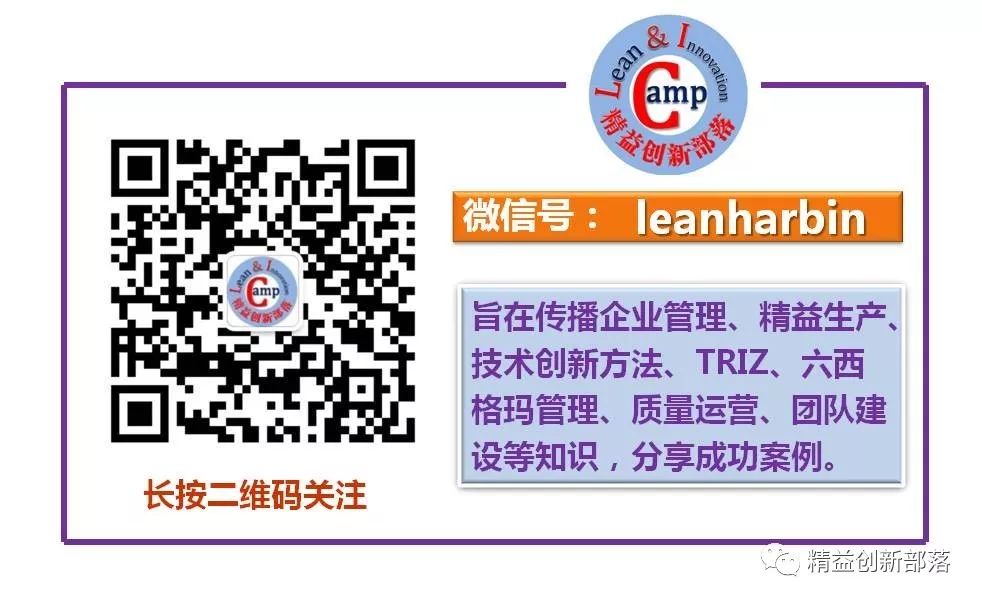


Low-cost automation refers to automation technologies that are appropriately invested to improve automation levels and enhance production efficiency for large enterprises that require technological transformation but have limited funding.
Development
Low-cost automation (LCA) originated during the First Industrial Revolution, initially referred to as “simple automation.” After World War II, due to the need to restore industry, simple automatic control devices composed of relays began to be widely adopted. In the 1950s and 1960s, low-cost automation systems using contactless logic controllers, feedback controllers, or a combination of both emerged; in the 1970s, low-cost automation was defined as: applying mechanical, pneumatic, hydraulic, electrical, electronic, and optoelectronic technologies to create simple, low-cost, user-friendly, high-quality, and quick-effect automatic devices or systems to meet the needs of many small and medium-sized industrial enterprises. Since the 1980s, with the popularization of microcomputers, new low-cost automation systems centered around single-board computers, microcontrollers, and embedded systems have emerged. At this time, typical automation systems consist of sequential controllers, feedback controllers, programmable logic controllers (PLCs), DCS, or microcomputers, local area networks, servers, workstations, etc., equipped with detection switches, sensors, or actuators to form various high-performance cost-effective ILCA systems. LCA systems have been widely applied in industries such as metallurgy, chemical engineering, machinery manufacturing, textiles, publishing and printing, mining, agriculture, forestry, fisheries, construction, commerce, and transportation, achieving significant benefits.
Broad Concept
(1) Its investment can achieve the goals of increasing output, improving quality, or saving energy and reducing consumption, and can recover funds within 1 to 2 years, with some even recovering in 3 months, generally accounting for 7% to 12% of the total equipment investment;
(2) Low-cost automation must be compact, with necessary functions and good usability;
(3) After the implementation of low-cost automation, its functional input rate should be above 95%;
(4) Low-cost automation must be easy to maintain, with low maintenance costs, reliable operation, and an online rate of over 98%;
(5) The input/output ratio of low-cost automation should be significant, ideally between 1:3 and 1:5; if the investment is recovered within 1 to 2 years, the equipment lifespan should be 5 to 8 years;
(6) The investment in low-cost automation should have a relative upper limit, which should be lower than the generally stipulated percentage of total equipment investment for new factories or mines, and for special projects, it should be far below the funding range approved by provincial and municipal authorities.
Characteristics
(1) Significant technical and economic benefits, high input/output ratio, and short investment recovery period. If LCA is implemented in the basic automation part, the investment amount is close to the lower limit; if it also includes process control automation, the investment amount is close to the upper limit.
(2) It does not require major changes to existing manufacturing processes, resulting in low investment risk. When enterprises implement CIM or CIP, they often need to adjust and simplify manufacturing processes. This is to rationalize the production process and reduce the complexity of implementing CIM or CIP while improving the overall system’s reliability. Such comprehensive technological transformations involving changes in production processes and equipment require significant human and financial investment and often carry substantial risks. If strategic decisions in production and operation are incorrect, the losses can be enormous. In contrast, implementing LCA does not have such requirements.
(3) Implementing LCA in enterprises forms weakly connected independent islands, requiring employees to take initiative. Within the islands, the level of automation can reach a relatively advanced level, ensuring the production of high-quality products; between islands, due to the lack of CIM or CIP models, necessary weak communication links are maintained, and information transmission and management between islands and processes must rely on the participation of employees and operators.
(4) Achieving a high level of automation at the lowest cost. LCA is a popular product of high technology, or high technology is its core part. At this stage, using various models of PLCs, DCS, industrial PCs, local networks, servers, workstations, etc., is the preferred solution for forming various high-performance cost-effective LCA systems.
Design Principles
System design should ensure that the system is advanced and highly automated while keeping investment as low as possible. To resolve this contradiction, multiple factors must be considered comprehensively, and the following design principles should be followed to implement it while minimizing investment costs.
(1) Principle of meeting needs: The central task of system design is to meet user requirements for product functions and automation levels.
(2) Reliability principle: The ability to complete a certain function without failure under specified conditions and within a specified time.
(3) Minimal system principle: Under the premise of meeting requirements, construct the system using the simplest hardware, software, and most economical methods, minimizing redundant functions in hardware and software.
(4) Compatibility principle: Requires that the components of the system be as consistent as possible in function and level, matching each other in terms of voltage levels to fully utilize functionality.
(5) Standardization, serialization, and generalization principle: The selection of system components should use standardized, serialized, and generalized products or previously used mature components or subsystems as much as possible. The control part should use dedicated modules, serialized controllers, and bus modules to reduce development costs, shorten development cycles, enhance anti-interference capabilities, and improve maintenance conditions.
(6) Advanced principle: Under the premise of meeting economic performance, adopt new technologies and methods as much as possible, fully utilizing the achievements already made in society. For example, using mature new technologies, new processes, and new components can often make structures simpler, functions stronger, reliability higher, and operation and maintenance easier.


